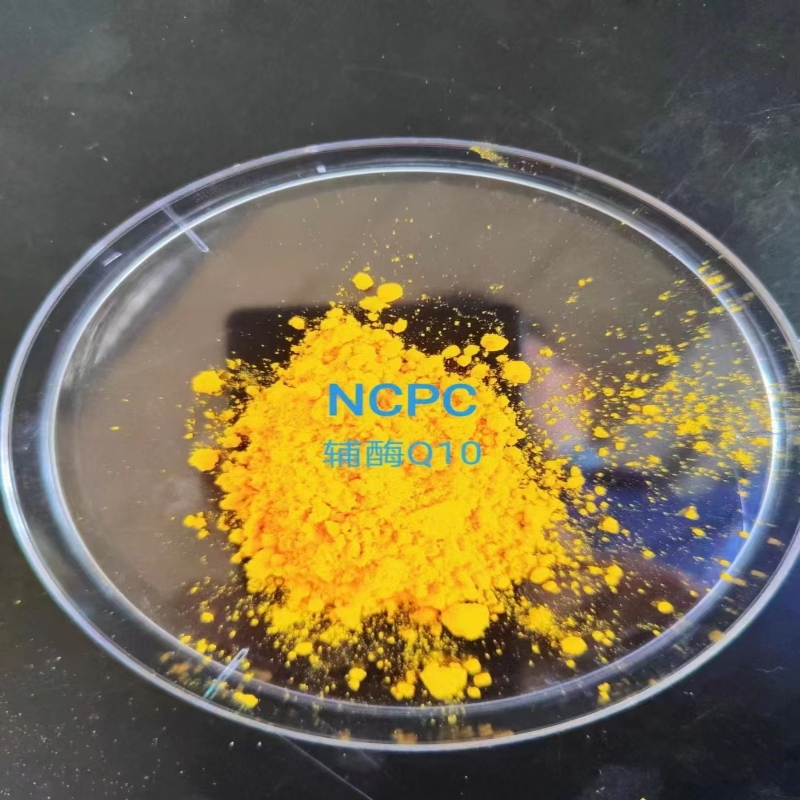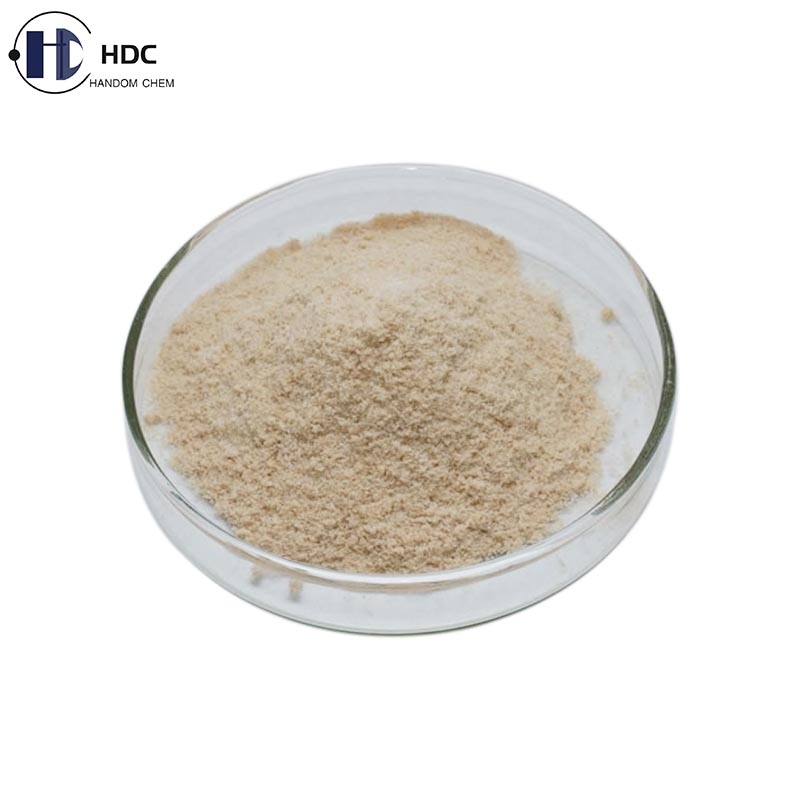Breakthrough in the field of limit-limited supermolecular enzyme catalysis
-
Last Update: 2020-07-11
-
Source: Internet
-
Author: User
Search more information of high quality chemicals, good prices and reliable suppliers, visit
www.echemi.com
Recently, Dalian University of Technology Fine Chemical seine national key laboratory section Chunying professor team based on the foundation of the preliminary work (JAmChemSoc., 2019, 141, 12707? 12716; ChemCommun., 2019, 55, 8524? 8527; AngewChemIntEd., 2017, 56, 8692? 8696; AngewChemIntEd., 2017, 56, 15284? 15288), a breakthrough in the field of limit-limited hypermolecular ashesalysis, recently published in The Journal of NatureRoach to Combining Enzymatic and Artificial Catalysis for Catalyzing Biomitic Monotic, Nature Communications, 2020, 11, 2903), the first author of the article is Zhao Liang, associate professor of fine chemical industry national key laboratory and doctoral student Cai Junkai, and the author of the communication is Professor Duan Chunyingnatural enzyme-induced cascade reaction system requires only catalytic coenzymes to complete efficient, highly selective multi-step series catalytic process in complex systems, which is the best model for designing an ideal artificial catalytic systemEspecially in the current promotion of green development of fine chemical industry, bionic catalysis can not only reduce the input of a large number of high reaction activity, high toxicity oxidants or reducing agents in the catalytic production industry of fine chemicals, but also solve the problems of serious pollution and harsh reaction conditionsThe direct and efficient use of coenzyme sedituated and kinetic matching between multi-step series reactions is the most important to improve the efficiency of the series reaction systemLearning and understanding the enzyme process in nature, assembling the metal-organic limit supermolecular system, and collaborating with natural enzyme catalysis through the action of the main object are the important means to complete the collagen in situ recycling and realize the continuous cycle series reactionBased on the foundation of the previous work, Professor Duan Chunying's team proposed a new "set-wa" catalytic strategy coupled with the coenzyme-organic limit supermolecular structure and the natural enzyme catalytic system, which can be directly applied to the bionic catalytic single-oxygen reactionin nature, the flavonoid single oxygenase can use oxygen to complete the direct oxygen insertion reaction in the skeleton of an organic compoundThis kind of single oxygenase by niacin coenzyme NAD (P) H/NAD (P) plus with the lutein function unit, and then obtain the progephyl-state antitherin molecule, and then directly act with oxygen to produce progesty peroxideintermediate, and then the oxygen atoms on the peroxygen group implanted into the substrate, at the same time, NAD (P) H NAD/P plus in the enzyme-promoted secondary reaction to complete the catalytic cycleUsing the coenzyme-based metal-organic limit supermolecular structure as the middle layer of the "set" structure, the new model of artificial enzyme and natural enzyme cascade catalytic reaction is constructed by combining the antitherin structure unit and the outer dehydrogenase of the inner cladding through the main object actionThrough the systematic study of the supermolecular structure of the coenzyme base limit domain and the main object action mode of heyptophin, the paper reveals that this "set- " main object catalytic strategy is conducive to the proximity of catalytic unit, auxiliary catalytic unit and substrate in space distance, and accelerates the reaction by stabilizing the transition state of hydrogen bond-stabilized reaction through the rich hydrogen bond in the structureUsing spectral characterization and theoretical calculation, the paper expounds that the middle layer carries the inner object molecules into the outer layer's natural enzyme protein catalytic pocket through the main object path, under the effect of this "set- " main object system, the intermediate coenzyme does not need to be transferred between series reactions, to ensure that proton and electron transmission can be carried out in situ, under mild conditions can achieve an efficient monooxygen reaction of cyclone and sulfur ether compoundsAt the same time, the paper puts forward the "set wa" type main object catalytic strategy does not need to add additional oxidants and reducing agents and does not produce the common over-oxidation products in the chemical industry, for the design of fine chemical catalytic materials to provide theoretical guidance, and for the fine chemical industry to contribute to the green development(
Bio valleyBioon.com)
This article is an English version of an article which is originally in the Chinese language on echemi.com and is provided for information purposes only.
This website makes no representation or warranty of any kind, either expressed or implied, as to the accuracy, completeness ownership or reliability of
the article or any translations thereof. If you have any concerns or complaints relating to the article, please send an email, providing a detailed
description of the concern or complaint, to
service@echemi.com. A staff member will contact you within 5 working days. Once verified, infringing content
will be removed immediately.







